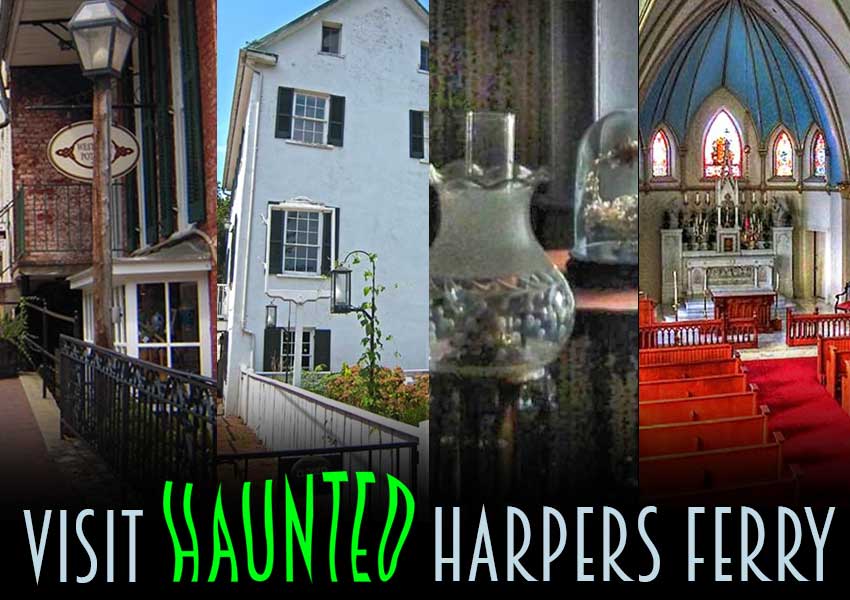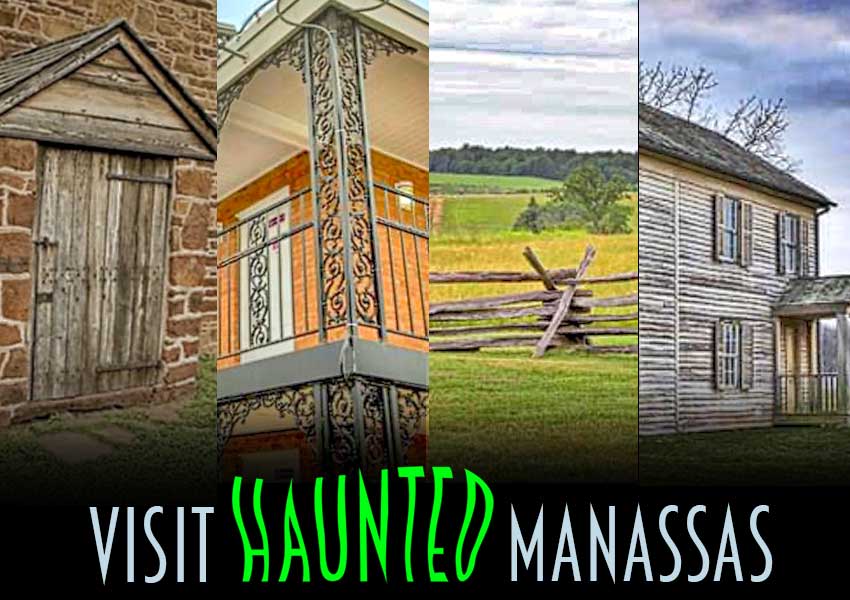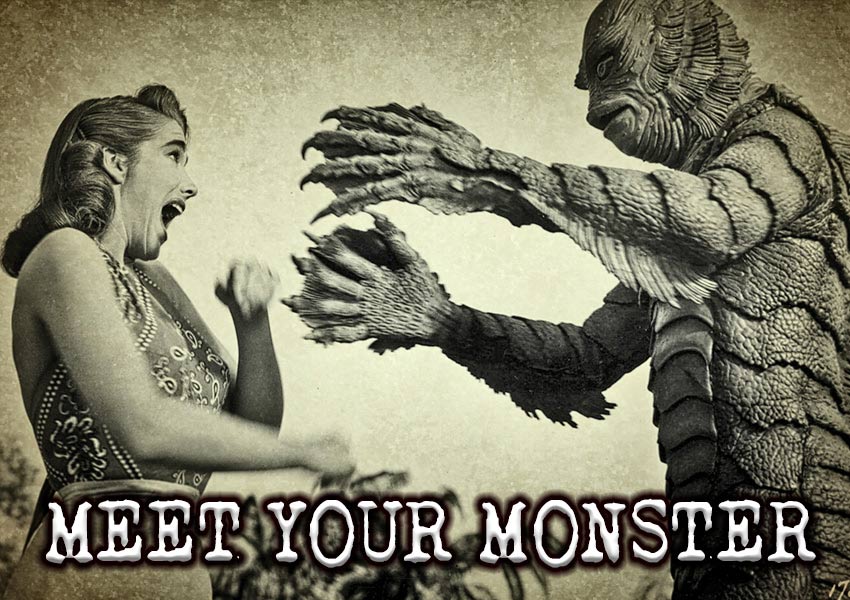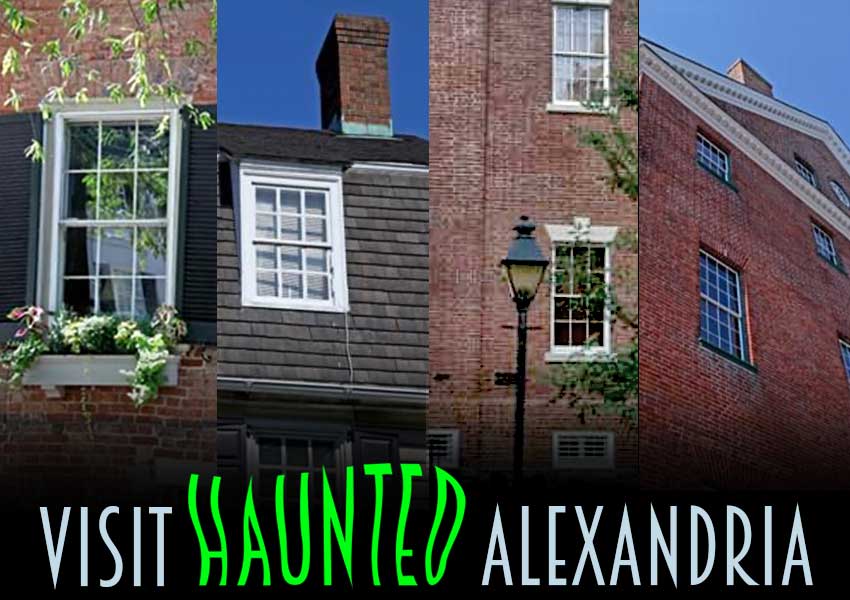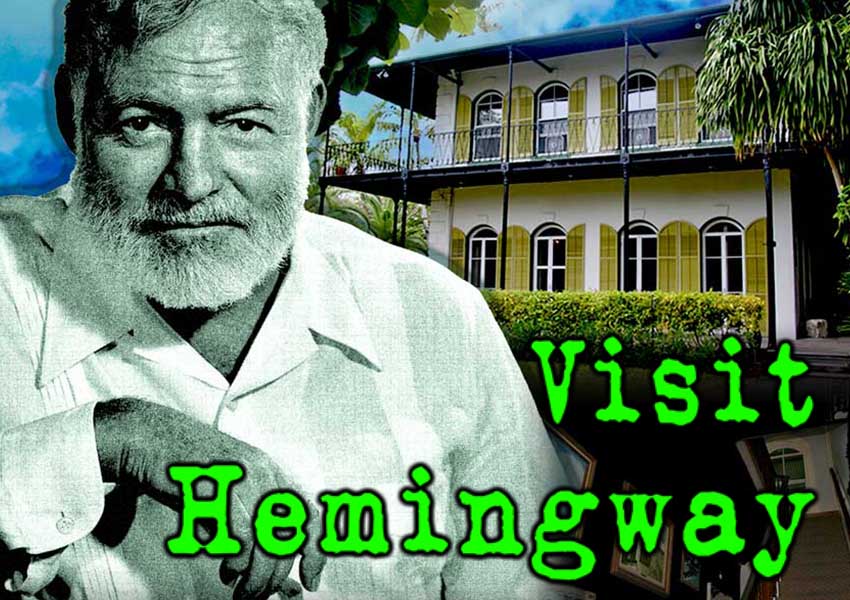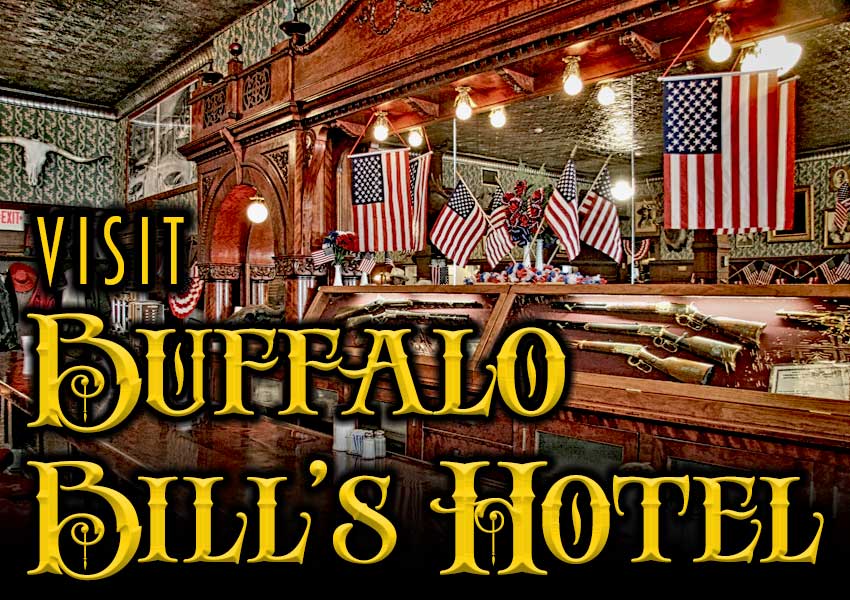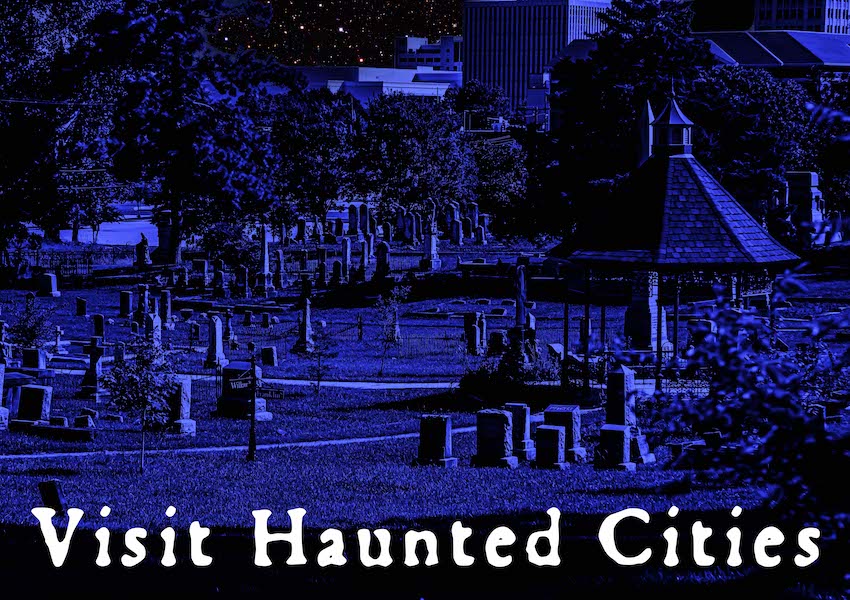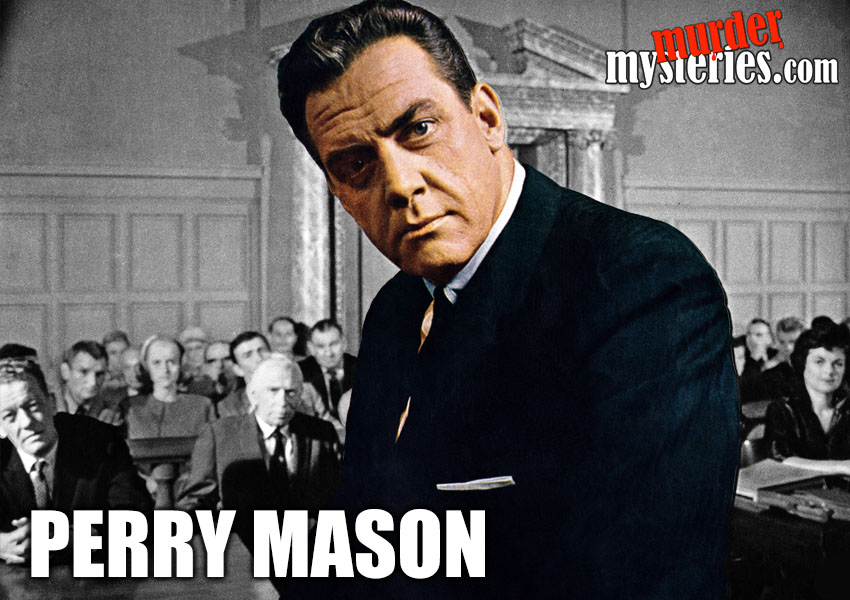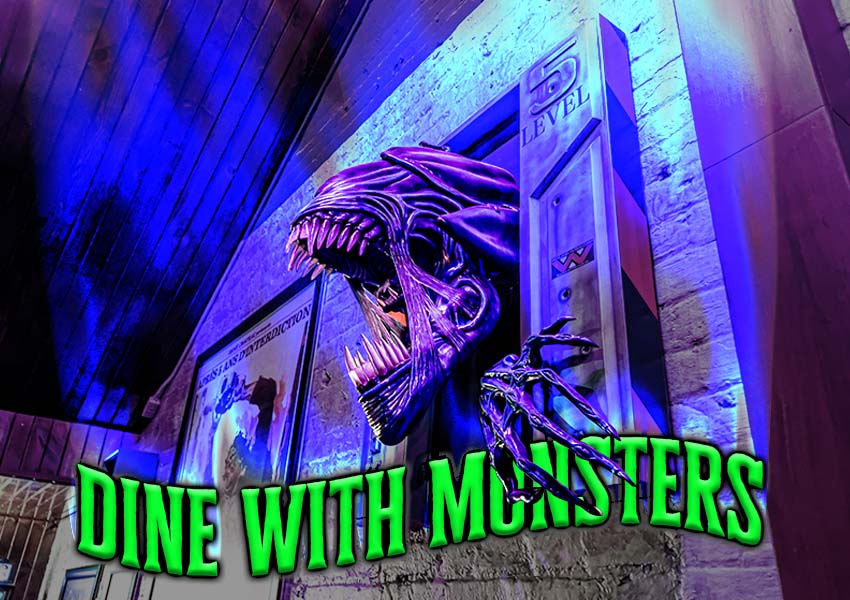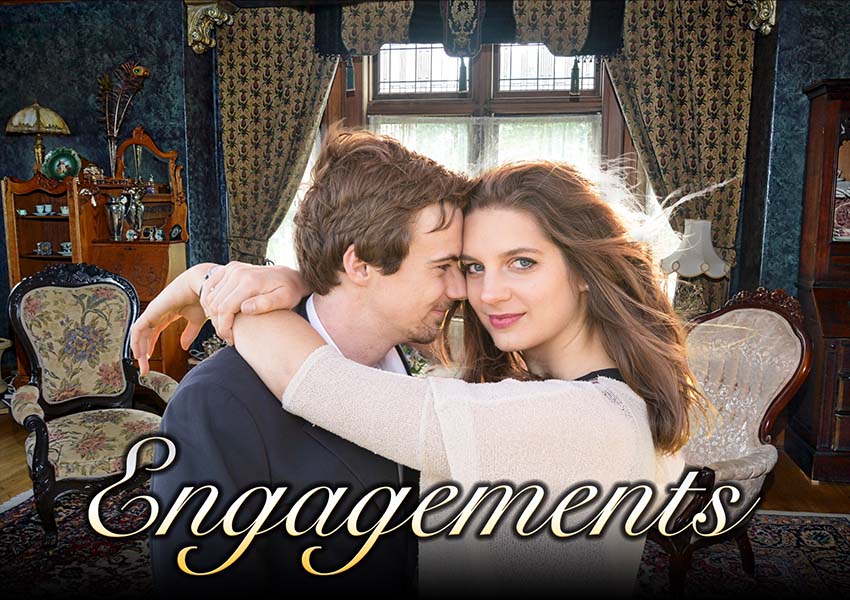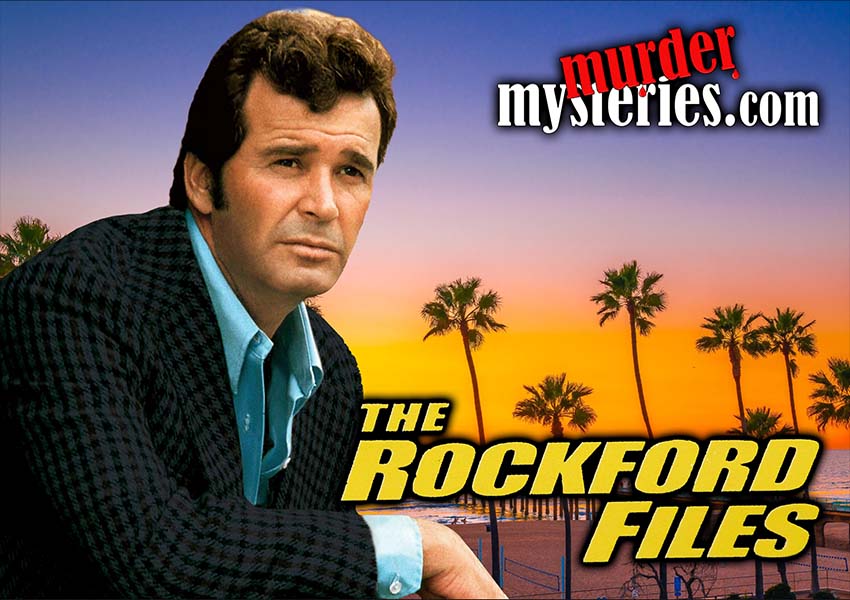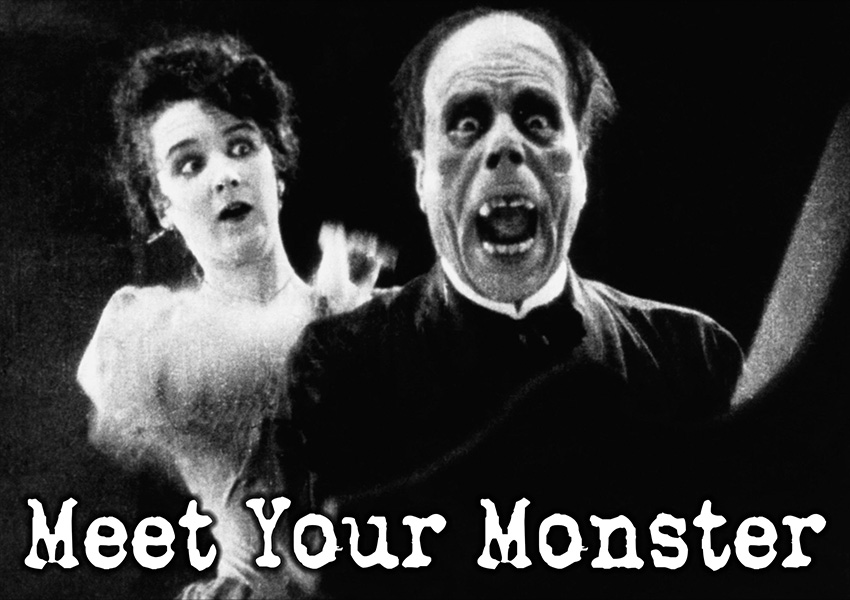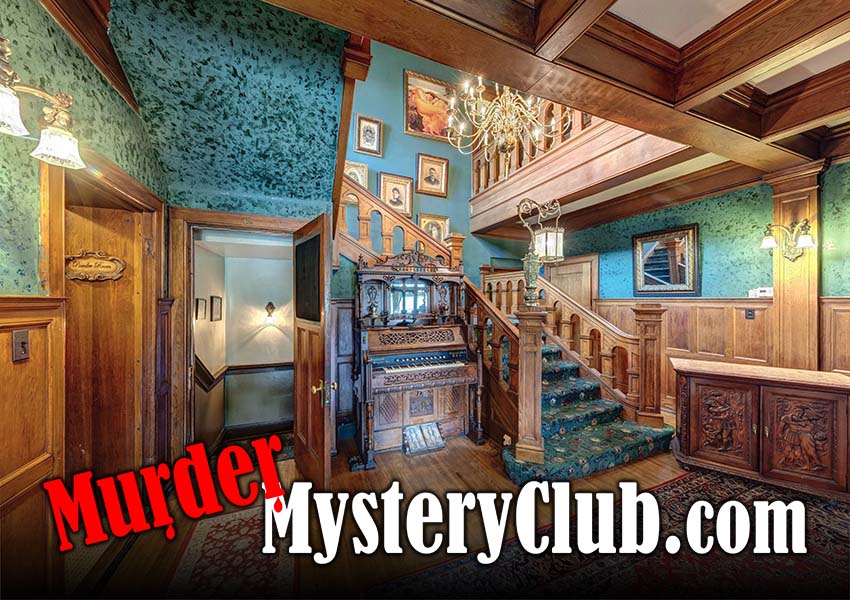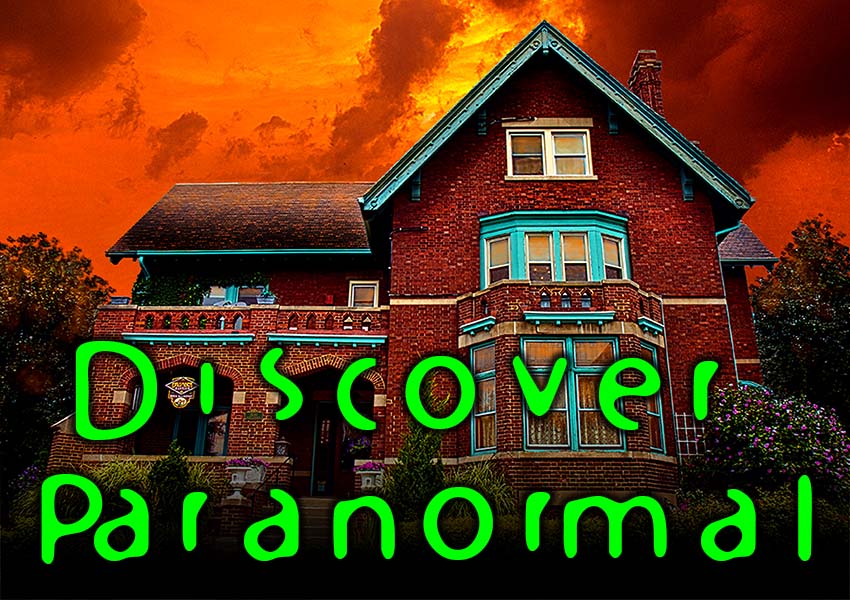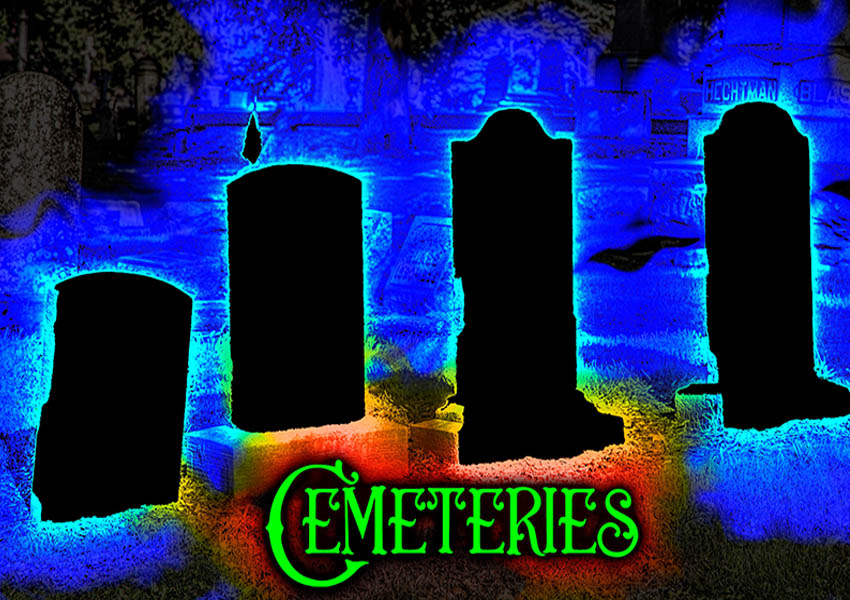Williamsburg Virginia
Orrell House
Changes in decor and intrusions have annoyed the spirits…
DESCRIPTION
The Orrell House is a simple Colonial style, two story, white clapboard square cube house; 28 ft on each side and 28 feet high. On the first floor, there are four areas; living room, dining room, kitchen and pantry connected by a short hallway that connects the front rooms to the back rooms, The second floor also has one bathroom and 3 bedrooms and a hallway. There is a bathroom only on the second floor. Air conditioning and a modern heating system were added to the house as well.
The inside and the outside of this property has a lot of its Colonial architecture, and it is like taking a step back in time. We are blessed that Orrell House has most of its Colonial features because of careful restoration and being strict about discerning what was Colonial architecture and what was added to the house in the 18th century.
Outside, the original gambrel roof and chimney were repaired and restored. All the outside decor was revitalized and /or replaced to look like just as it did when it was built.
On the side of the Orrell House, is a small yellow square building, where they kept their kitchen to help prevent a fire that would destroy their home. Many Colonial homes and plantation homes as well had their kitchen on the outside grounds. Today, this Colonial kitchen building is used as the check-in office for the tourists coming to stay there.
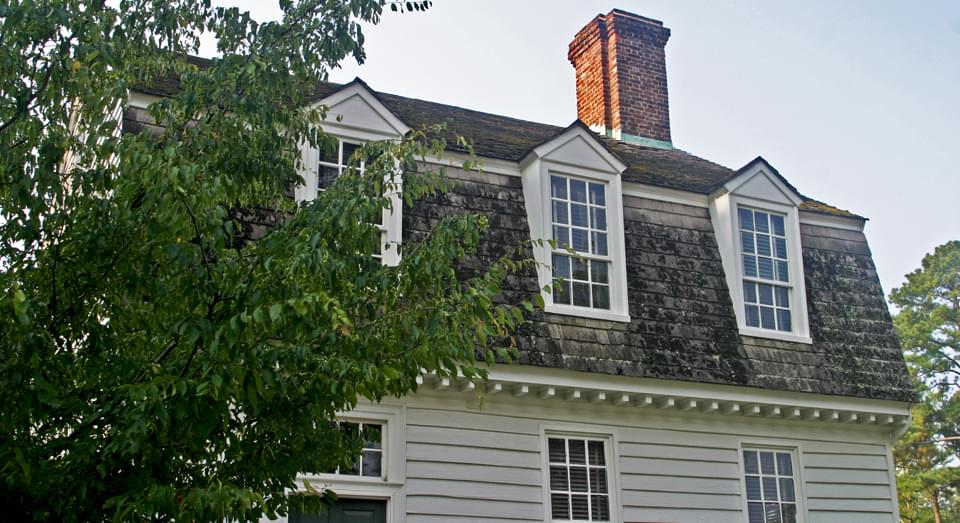
HISTORY
The Orrell House and its kitchen have the honor and distinction of being the first house structures to be built in Old City Williamsburg in the 1750’s. No one knows who lived here for its first 50 years, but a man by the name of John Orrell bought this small but smart home in the year of 1800. He lived there for 20 years.
No doubt, many people lived here throughout the 1800s. In 1816, Richard Coke apparently became the next owner, via Robert Anderson, trustee. Perhaps he was a relative of John Orrell who moved in to take care of ailing John, with the understanding that he would own the house next. This was a common practice.
According to some experts, there was some remodeling done in the 1800s, which makes sense as owners have the tendency to remodel and add features to a home to bring it up to their standards. In the 1850s, a front porch was added to the front of the house. A shed was built in the backyard area.
Throughout the most turbulent years, The Orrell House was not burned down by town fires, the War of 1812, the Civil War, though all of its deed records were burned during the Civil War years. It also was spared the cultural view that old things must be torn down to make way for a bigger or more modern building.
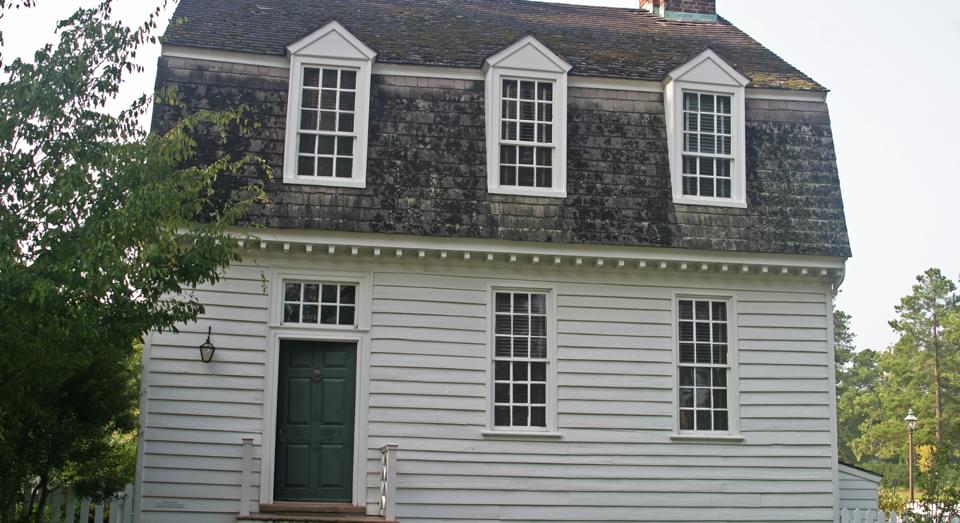 Living here may have become less popular during the turn of the century because people wanted more space, running water and electricity, and other modern amenities that may have been too expensive at the time to add to this small, simple home; offering a simple way to live that was popular in Colonial times, but not in the early 1900s. Williamsburg Old City became a ghost town; neglected until movers and shakers decided to rebuild/repair the 88 structures that made up Colonial Williamsburg.
Living here may have become less popular during the turn of the century because people wanted more space, running water and electricity, and other modern amenities that may have been too expensive at the time to add to this small, simple home; offering a simple way to live that was popular in Colonial times, but not in the early 1900s. Williamsburg Old City became a ghost town; neglected until movers and shakers decided to rebuild/repair the 88 structures that made up Colonial Williamsburg.
The house didn’t have to wait too long. While it was a dilapidated fixer upper, the bones of the house were still there. Restoration was started on April 20th, 1929. It was restored by the Williamsburg Holding Corporation under the direction of Perry, Shaw and Hepburn, Architects. Restoration was completed January, 1931.
While old original material was preferable, new material had to be used for only three reasons:
1. “Replacement due to decay.”
2. “Replacement with colonial design of that judged to be post colonial and therefore out of character with the spirit of restoration.”
3. “Replacements demanded by alterations for sake of modern conveniences of living.”
The 1850 front porch was taken off, and the backyard shed was torn down.The current roof was in terrible shape, and was replaced with Williamsburg tile and Mohawk Asbestos shingles, before the dangers of asbestos were discovered. The asbestos has since been removed. The Gamble roof design on the ends were repaired or replaced by Colonial brick.
All over the house, inside and out, materials were patched, repaired or replaced if disintegrating.
“A new front and rear stoops were built and a new rear porch. A new sash was inserted, but in general the restoration of the exterior consisted in repairing, mending, and replacing with new various old parts too worn and rotted to continue serviceably in use.”
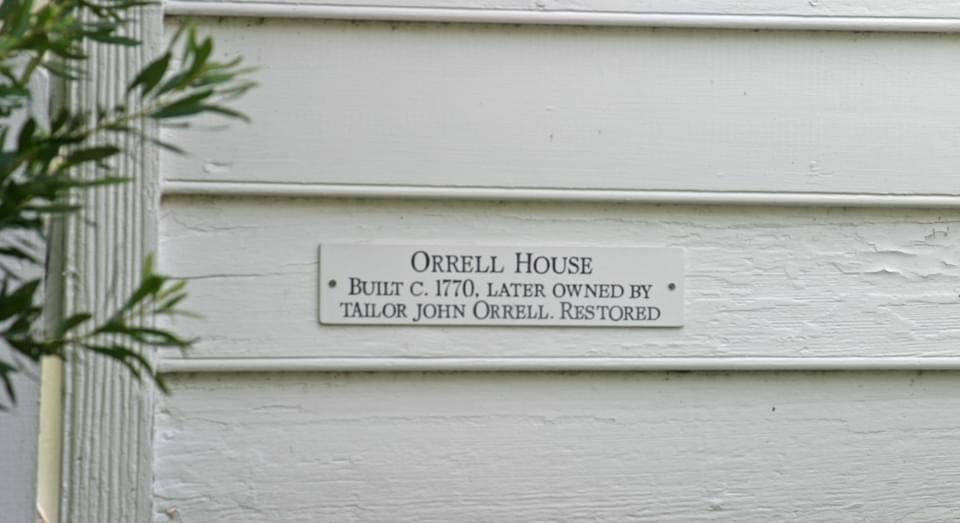
HISTORY OF MANIFESTATIONS
Historic houses that are restored or reconstructed, can draw back spirits who loved the place when they were alive. Spirits have made themselves known and have reclaimed their forever home.
When a house is a cherished by an owner or family, they may not like having to share it with the living, especially if it had been left alone for a long time, or is being used for another purpose than a private home. This purpose brings in a boatload of people, or worse; nosy guests who bring along EVP equipment and ask their probing sometimes provoking questions. The spirits feel helpless in that they had no say though they feel that they should have some rights, being the rightful owners. A spirit or two may have loved this restoration too much to share it with the living all the time; having constant guests.
Change is hard to take for some spirits. Some may not of liked the dismantling of post colonial additions and the other changes made so this property could be turned into a commercial inn, even small as it is. A spirit’s former bedroom on the second floor was made into a modern bathroom. The spirit who had added his or her beloved front porch must be annoyed with its dismantling.
They disapprove of how the rooms are being used, and the furniture placed there. Some actually appear and give instructions. The furniture though from the Colonial era are not in the right place for some spirits.
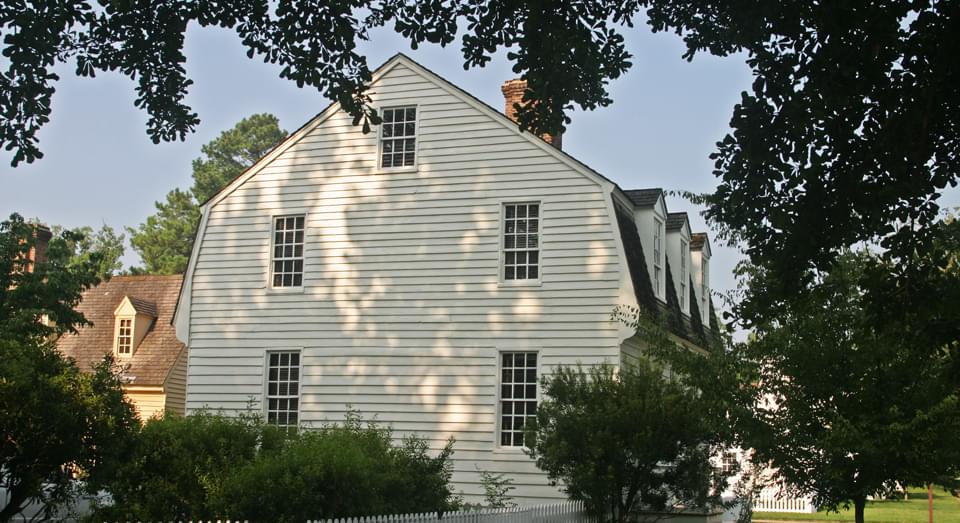
MANIFESTATIONS
Frights planned for one too many house guests by a frustrated spectral owner or two.
(As told by Steve Erickson, the general manager of the Colonial Houses-Historic Lodging)
Water Fun!
While relaxing in the living room, a doctor, his wife and their children suddenly heard the water faucets turned on full force.
Nothing was wrong physically with the mechanics of the faucets.
Even after the faucets were shut off tightly, they turned on again with force after everyone was seated downstairs.
Bathroom Hijinks
Later that evening, everyone in this party of folks watching TV in the living room heard a loud crash in the bathroom upstairs. The glass that was kept in the medicine chest above the sink had been taken out, its wrapper taken off and thrown hard against the floor.
Next morning, the family found that the bathroom was totally TP’ed with toilet paper that must of happened in the wee hours of the morning; (very quietly as to not wake them up – That would’ve been rude.)
A show of anger and frustration? (Maybe a violent noise would get them out.)
Spirit with a Knack for Redecorating
Sometimes, when the living aren’t around, furniture pieces in this house are rearranged.
Some furniture is turned upside down; perhaps to show displeasure.
(What possessed the living to put that furniture in our house? Let’s make the best of it: let’s rearrange the furniture to make it better!)
STILL HAUNTED?
Most probably so! Apparently, a spirit or two may have loved this restoration too much to share it with the living all the time.
Boatloads of people who stay here have experienced various paranormal activity; some of which is listed above. Folks who want to stay in a haunted Colonial Home come and stay here.
The spirits have issues with the home decor, where people are sleeping, the number of guests who stay, and that someone’s favorite bed room was turned into a bathroom. Hopefully, they can tolerate the obnoxious living, find a way to communicate what is bothering them to a medium, and keep their hauntings benign, and polite, and even find some joy in being host to the living who stay in THEIR forever home.

LOCATION
302 Francis St E,
Williamsburg, VA 23185
(757) 220-8440
The Orrell House is located on the south side of Francis Street in Block 2, in a prime location; right next to The Williamsburg Inn.
SOURCES INCLUDE
- www.simplemost.com
- mitbottfec.ml
- research.history.org
- colonialghosts.com
Our Haunted Paranormal Stories are Written by Julie Carr

